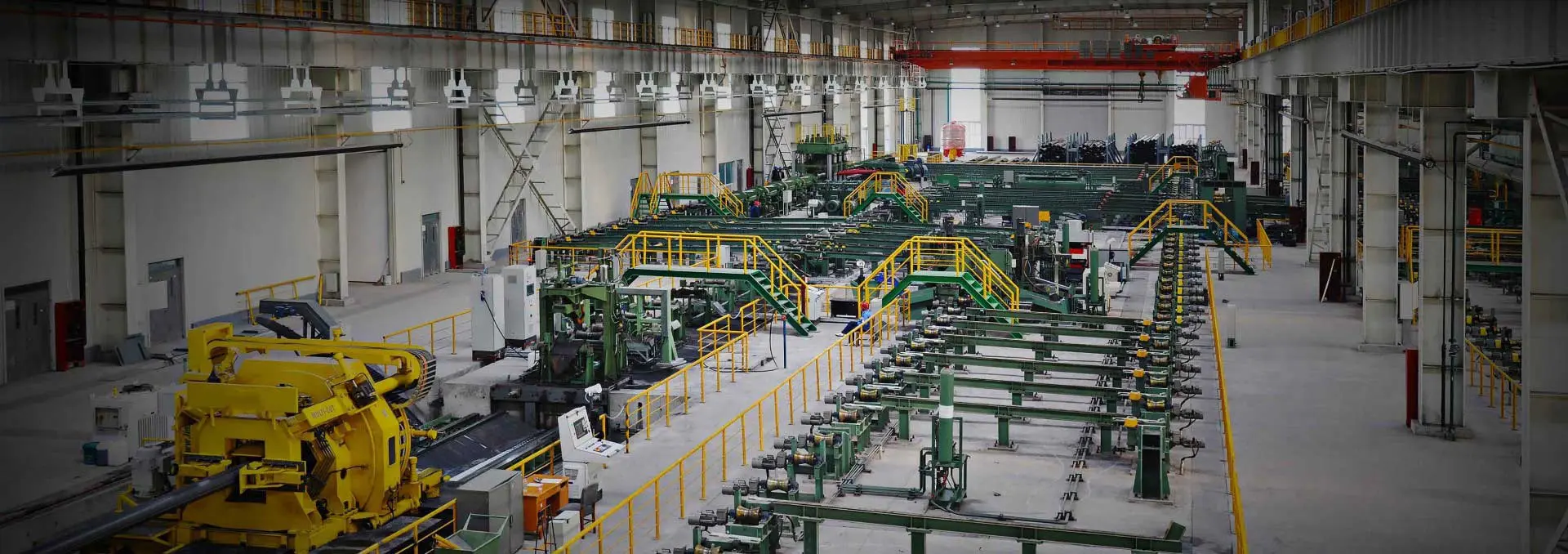Proper welding techniques are crucial for ensuring the quality and strength of spiral steel pipes. Here are some detailed tips to help achieve optimal welds.
Control the Weld Gap:
Too Large Gap: A weld gap that is too large can lead to inadequate heat generation from the eddy currents, resulting in poor weld crystallization and potential cracks or lack of fusion. This can compromise the overall integrity of the weld.
Too Small Gap: Conversely, a gap that is too small increases heat generation excessively, causing the weld seam to burn. This can also result in the weld being compressed and rolled into pits, negatively impacting the surface quality of the weld.
Manage Welding Heat:
The temperature of the pipe edges at the weld site must be appropriately managed. Excessive heat can cause burn-throughs and weaken the weld, while insufficient heat can lead to incomplete fusion and weak joints.
Kneading Force:
Optimal Force: The right amount of kneading force during the welding process is essential. Adequate force allows the metal grains to penetrate and crystallize properly, ensuring a strong weld. This force helps create a robust bond between the welded edges.
Insufficient Force: If the kneading force is too small, the number of crystals formed at the weld is reduced, leading to decreased weld metal strength. This can cause the weld to crack under stress.
Excessive Force: On the other hand, excessive kneading force can extrude the molten metal from the weld, reducing the weld strength and creating surface defects. This can result in an increased number of weld anomalies and overall poor quality.
Avoiding Burn-Through:
Properly balance the heat input to prevent burn-through while ensuring complete fusion. This involves adjusting the welding speed and current to match the material thickness and gap size.
Welding Speed:
Maintain a consistent and appropriate welding speed to ensure uniform heat distribution and avoid defects such as undercuts or incomplete fusion.
Inspection and Quality Control:
Regularly inspect the welds using non-destructive testing methods such as ultrasonic testing or radiographic testing. This helps identify any internal defects that could compromise the pipe’s integrity.
Proper Edge Preparation:
Ensure the edges of the pipes are properly prepared and cleaned before welding. This includes removing any contaminants, such as oil, rust, or scale, which can affect weld quality.
Use of Quality Filler Material:
Employ high-quality filler materials that match the composition and properties of the base material. This ensures compatibility and reduces the risk of weld defects.
Post-Weld Treatment:
Implement post-weld heat treatment (PWHT) if necessary. This helps relieve residual stresses and improve the mechanical properties of the weld.
Conclusion
Achieving high-quality welds in spiral steel pipes requires careful attention to several factors, including weld gap, heat management, and kneading force. By maintaining optimal conditions and following best practices, the integrity and strength of the welds can be ensured, resulting in durable and reliable spiral steel pipes. Regular inspection and adherence to quality control measures further enhance the overall quality and performance of the welded pipes.

 English
English Español
Español




 Tel : +86-18565811709
Tel : +86-18565811709 Email :
Email : 
 News
News




